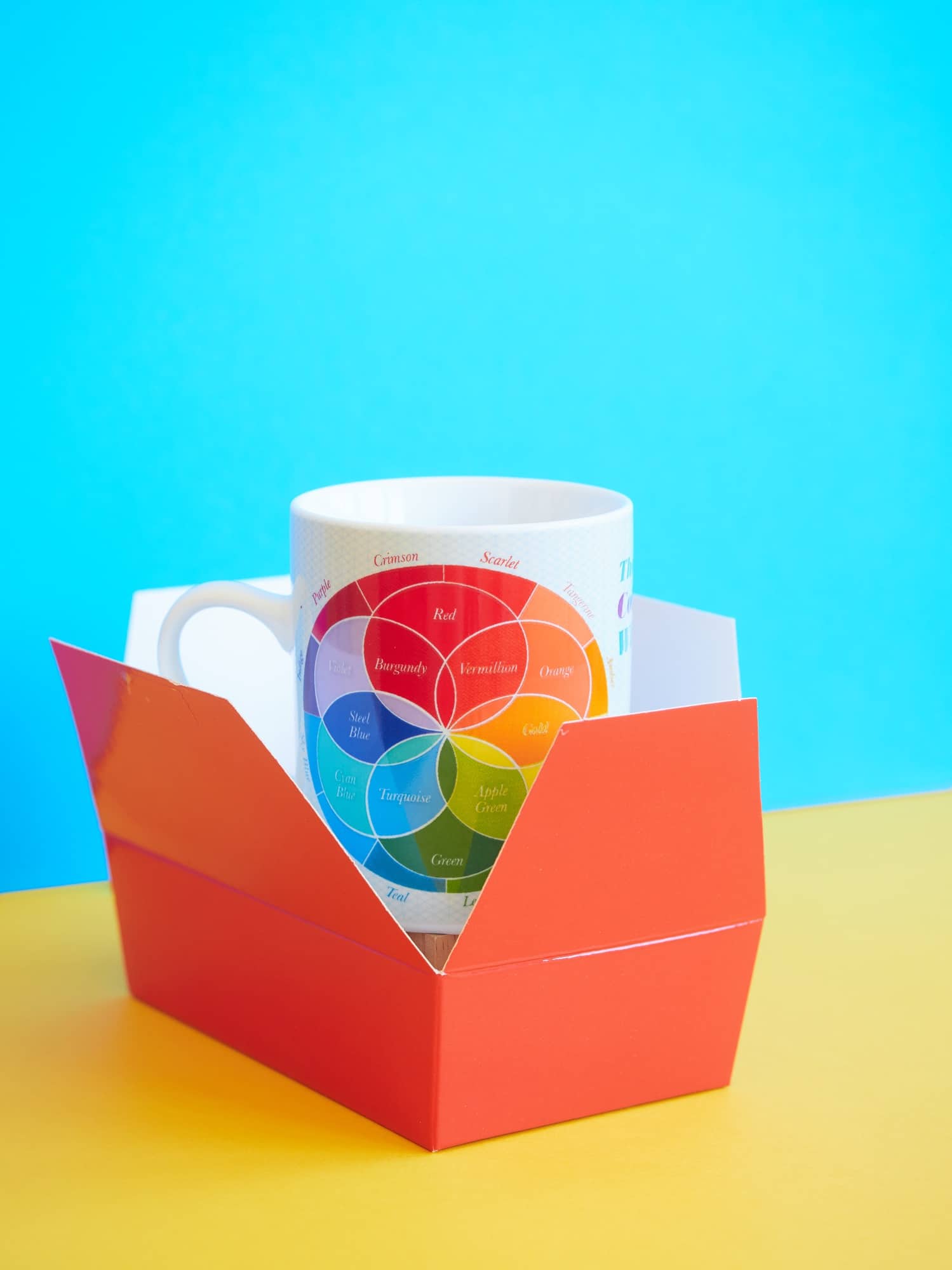
Color Theory
The Secret Sauce Behind High-Impact Sites
First impressions happen in about 50 milliseconds. Color carries most of that moment. With color theory, websites shift from “looks fine” to “feels unforgettable.” Here is what it is, why it matters, and how Placka Co. applies it.
What Is Color Theory?
Color theory is the design science that:
- Maps hues on a color wheel: primary, secondary, tertiary
- Defines relationships: complementary, analogous, triadic, split-complementary
- Explains perception: warm vs. cool, tint vs. shade, saturation vs. value
- Anticipates psychology: reds energize, blues reassure, greens restore
In short, it is the rulebook for colors that look good and communicate clearly.

Why Color Theory Matters for Every Brand
- Brand recognition that sticks in memory
- Emotional storytelling that builds trust, urgency, or calm
- Accessibility and readability through proper contrast ratios
- Conversion lift from color-optimized calls to action
- Consistent presence across web, print, and social
Why Color Theory Is Crucial in Website Design
| Goal | Color-Theory Benefit | Quick Example |
|---|---|---|
| Visual hierarchy | Guide eyes from hero headline to CTA | High-contrast button on a muted background |
| UX clarity | Reduce cognitive load | Analogous palette for smooth flow |
| Load perception | Manage perceived speed | Dark palettes mask long loads |
| Accessibility | Meet WCAG 2.1 AA or AAA | #FFFFFF text on #1E1E1E background |
| Mood and trust | Match industry expectations | Finance often leans on blues for security |
How Placka Co. Applies Color Theory
1) Discovery and Palette Mapping
We audit your brand, audience, and competitors, then build a five-color core palette: primary, secondary, accent, neutral, and feedback states.
2) Accessibility-First Prototyping
Figma prototypes pass automated WCAG contrast checks and manual color-blind simulations.
3) Conversion-Focused Testing
CTA variants are A/B tested in WordPress builders to find the right hue and value for clicks.
4) Systematized Design Tokens
Colors become CSS variables and Tailwind tokens for consistent use across your CMS or a headless stack.
5) Dark Mode and Theming
Every palette ships with a dark-mode counterpart. Neutrals, borders, and overlays are tuned so accessibility stays intact.
Our Four-Step Color Workflow
Research: competitor audit and audience moodboard
Palette Creation: harmony and contrast matrix with use cases
Prototype and Test: clickable mockups plus heat-map tracking
Launch and Monitor: real-world analytics and iterative updates

FAQ
What is color theory in web design?
It is the study of how colors interact on screen to guide attention, evoke emotion, and improve usability.
How do I choose colors for my website?
Start with your brand’s primary hue. Add supporting colors using complementary or analogous relationships. Verify WCAG contrast. Test CTA colors for conversion.
